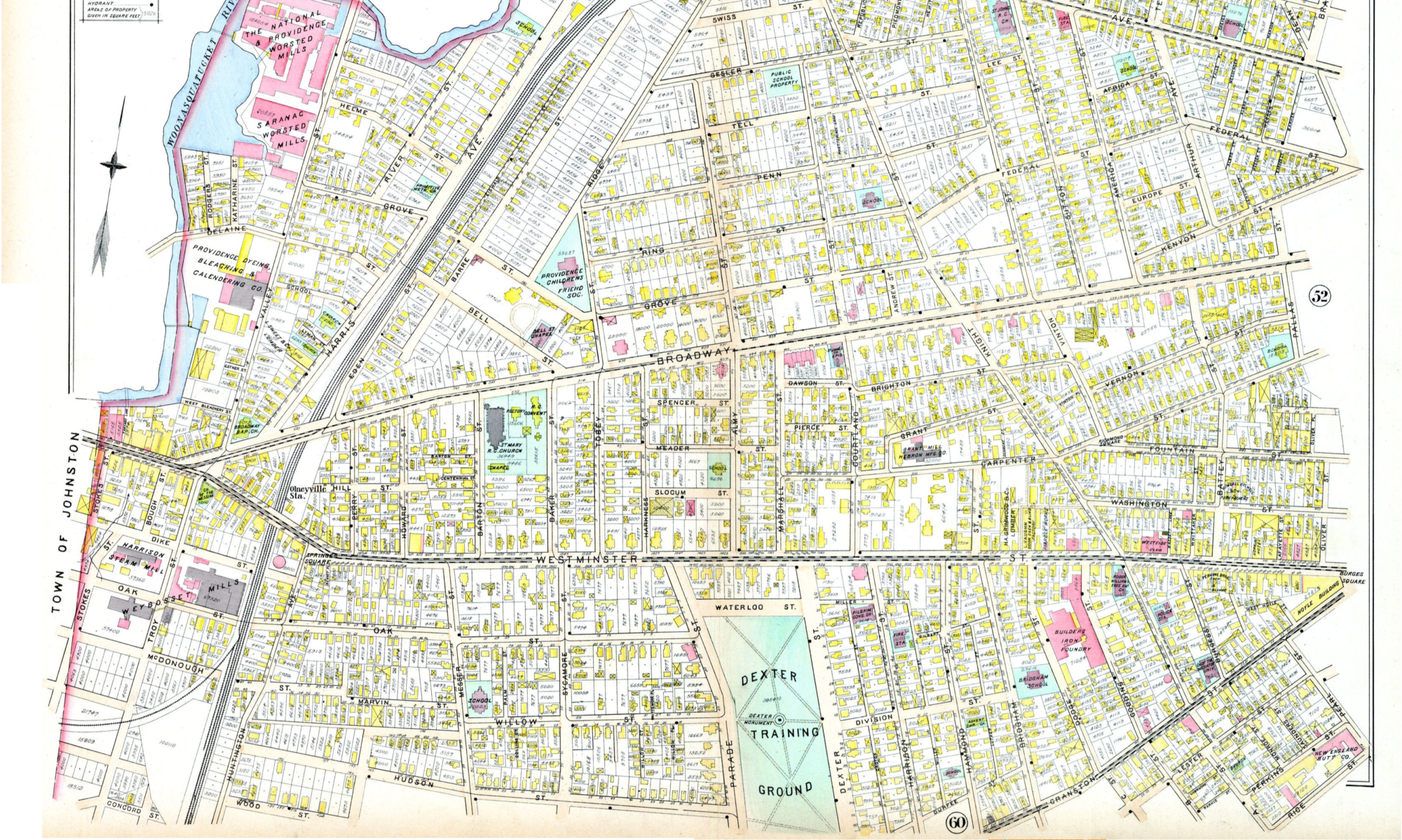Ted Nesi of WPRI 12 today had a good piece about the attendance numbers for the Pawtucket Red Sox (who are interested in building a new stadium in Providence). Ted’s great chart made me interested in digging deeper, so I looked at the attendance over the past ten years for all 14 teams in the International League.
-
Correlation between capacity & attendance? Nope.
 There is 0.22 correlation between the capacity of a stadium in the league and the annual average attendance numbers for that stadium. That’s not much correlation. Basically, people don’t choose whether or not to go to minor league baseball games based on how big the stadium is.
There is 0.22 correlation between the capacity of a stadium in the league and the annual average attendance numbers for that stadium. That’s not much correlation. Basically, people don’t choose whether or not to go to minor league baseball games based on how big the stadium is. -
A new park can be great for attendance! Or very, very bad.
 Four of the fourteen teams in the league built new stadiums in the past ten years: the Charlotte Knights, the Columbus Clippers, the Gwinnett Braves, and the Lehigh Valley IronPigs. Three of those saw attendance numbers go up (all three significantly, 5000, 2000, and 2000 per year) but the Gwinnett Braves’ attendance fell significantly after moving to their new stadium, by about 2500 per year.
Four of the fourteen teams in the league built new stadiums in the past ten years: the Charlotte Knights, the Columbus Clippers, the Gwinnett Braves, and the Lehigh Valley IronPigs. Three of those saw attendance numbers go up (all three significantly, 5000, 2000, and 2000 per year) but the Gwinnett Braves’ attendance fell significantly after moving to their new stadium, by about 2500 per year.Also, the 2015 numbers are not for a very large quantity of games yet. It’s interesting to see that all the teams are down for 2015 in this chart. I take that to mean that the games later in the season are pretty universally more well-attended than games earlier in the season. That makes sense.
-
But what about the popularity of MiLB overall?
 But what about the popularity of minor league baseball in general? How do we account for that when looking at an individual team’s attendance numbers? Here’s how: control for the total league attendance. This third chart, instead of looking at the number of people who came to each team’s games on average, looks at what percentage of the league’s total attendance was contributed by each stadium.
But what about the popularity of minor league baseball in general? How do we account for that when looking at an individual team’s attendance numbers? Here’s how: control for the total league attendance. This third chart, instead of looking at the number of people who came to each team’s games on average, looks at what percentage of the league’s total attendance was contributed by each stadium.If every team’s home games contributed equally to the league total, each team would contribute 7.1% of the total. Therefore, we can see which teams are over- or under-performing against the league as a whole by seeing whether their contribution to the league total is above or below that line. In this chart, you can see that the PawSox have been having good seasons for attendance relative to the league average ever since 2008. Their share of the total league attendance has been declining, but it is only in 2015 that the share has dropped below 7.1%. Keep in mind the note from before, though, that this year’s numbers are based on a smaller sample size and have a lot of opportunity to change before the end of the season.
the season.

